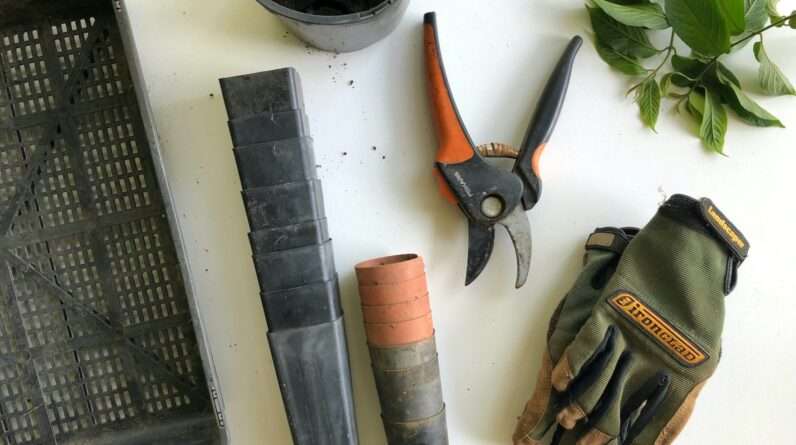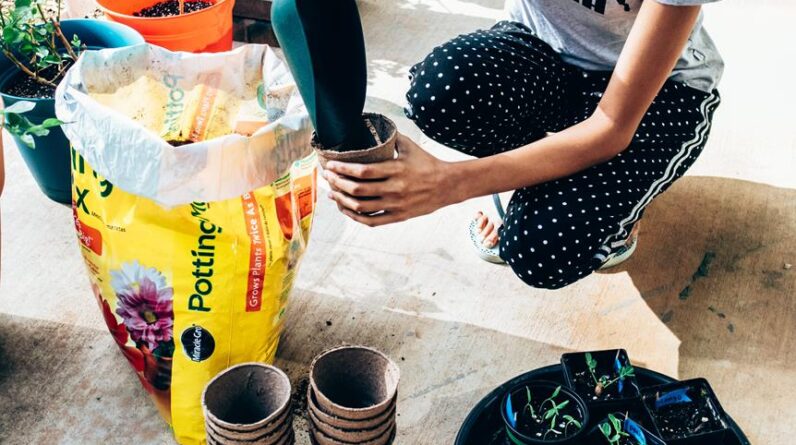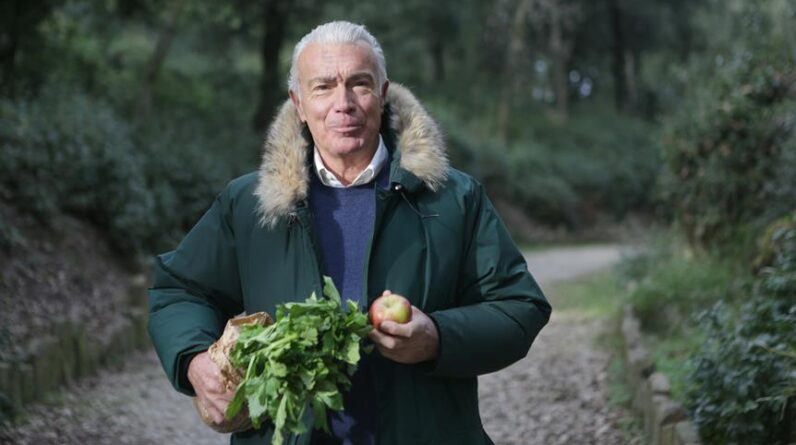
Are you ready to transform your garden into a vibrant autumn oasis? Get ready to roll up your sleeves and dive into essential tasks and tips that will ensure your garden thrives this season.
From clearing out summer plants to protecting against frost, this article has got you covered. With expert advice and practical strategies, you'll be well-prepared to tackle the changing seasons and set the stage for a successful spring planting.
So grab your gardening gloves and let's get started!
Key Takeaways
- Clear out summer plants before the first frost hits to improve garden appearance and prevent disease and pests.
- Prune and trim plants to remove dead or diseased branches, improve air circulation, and promote healthy growth.
- Mulch and fertilize plants to retain moisture, suppress weeds, regulate soil temperature, and enhance plant growth and soil structure.
- Protect plants against frost by using frost blankets, straw mulch, fallen leaves, and watering thoroughly before a frost.
Clearing Out Summer Plants
You should start clearing out your summer plants before the first frost hits. As autumn approaches, it's crucial to prepare your garden for the colder months ahead.
Begin by removing any dead or dying plants from your garden beds. This won't only improve the overall appearance of your garden but also prevent the spread of disease and pests.
When it comes to plant disposal, consider composting as a sustainable option. Composting allows you to recycle organic materials and create nutrient-rich soil for future use. Simply gather the plant debris, along with other organic waste such as kitchen scraps and leaves, and layer them in a compost bin.
With time, nature will work its magic, transforming these materials into valuable compost that will nourish your garden in the seasons to come.
Pruning and Trimming
Before autumn sets in, make sure to prune and trim your plants, as this will help promote healthy growth and prevent overgrowth. Here are some essential pruning techniques and trimming tools to consider:
- Start by removing any dead or diseased branches using sharp pruning shears. This will improve the overall appearance of your plants and prevent the spread of diseases.
- Thin out crowded areas by selectively removing branches that are crossing or rubbing against each other. This will improve air circulation and reduce the risk of fungal infections.
- Use hand pruners or loppers to shape your plants by removing excessive growth. This will help maintain their desired size and form.
- Regularly inspect your trimming tools and keep them clean and sharp for efficient and precise cuts.
By properly pruning and trimming your plants, you'll encourage healthy growth and prepare them for the upcoming season.
Now, let's move on to the next important task: mulching and fertilizing.
Mulching and Fertilizing
After you have finished pruning and trimming your plants, it's important to move on to the next task: mulching and fertilizing.
Mulching offers a range of benefits for your garden. It helps retain moisture in the soil, suppresses weed growth, regulates soil temperature, and improves overall soil health.
When it comes to fertilizing, opting for organic fertilizers is the way to go. They provide essential nutrients to your plants without the harmful chemicals found in synthetic fertilizers. Organic fertilizers also improve soil structure and promote beneficial microbial activity.
Remember to apply a layer of mulch around your plants, making sure to leave a gap around the stems to prevent rot. This will help protect your plants from frost, which we'll discuss in the next section.
Protecting Against Frost
To effectively protect your plants against frost, consider using frost blankets or covering them with straw or leaves. Frost can be detrimental to your garden, causing damage to delicate plants and even killing them. Here are four techniques for frost protection and winterizing your garden:
- Frost blankets: These lightweight, breathable covers create a barrier between your plants and the cold air, trapping heat and preventing frost from forming.
- Straw mulch: Apply a thick layer of straw around the base of your plants to insulate the soil and protect the roots from freezing temperatures.
- Leaf cover: Rake up fallen leaves and spread them over your garden beds. The leaves act as a natural insulator, providing warmth and protection to your plants.
- Watering: Water your plants thoroughly before a frost. Moist soil retains heat better than dry soil, helping to keep your plants warm.
By implementing these frost protection techniques, you can safeguard your plants and ensure their survival throughout the winter.
Now, let's move on to planning for spring planting.
Planning for Spring Planting
You'll need to start preparing your garden beds and deciding on the number of plants you want to grow for spring planting. Before you start planting, it's important to prepare the soil properly.
Begin by removing any weeds and debris from the bed, ensuring that the soil is free from any obstructions. Next, add compost or organic matter to improve the soil's fertility and structure. This will provide essential nutrients for your plants and help with water retention.
Consider practicing companion planting, which involves planting certain crops together to maximize growth and deter pests. For example, planting marigolds alongside tomatoes can help repel nematodes.
Lastly, plan out the number of plants you want to grow, taking into account their spacing requirements and the size of your garden beds.
Frequently Asked Questions
How Do I Properly Store and Maintain My Gardening Tools During the Autumn Season?
To properly store and maintain your gardening tools during autumn, clean them thoroughly to remove dirt and debris. Oil the metal parts to prevent rust, and store them in a dry, protected area.
What Are Some Common Pests and Diseases to Watch Out for in the Garden During the Fall?
During autumn, you need to be aware of common pests and diseases that can harm your garden. Protect your plants by using effective organic pest control methods for autumn gardening.
Can I Still Plant New Flowers or Vegetables in My Garden During the Autumn Months?
Yes, you can still plant new flowers and vegetables in your garden during the autumn months. Some of the best vegetables for fall planting include kale, lettuce, and radishes.
Are There Any Specific Plants or Flowers That Thrive in Colder Temperatures and Can Be Planted in the Fall?
You can plant cold weather plants in the fall for a thriving garden. Some options include pansies, ornamental cabbage, and kale. These hardy plants can withstand the colder temperatures and add beauty to your autumn garden.
How Do I Prepare My Garden Soil for the Upcoming Winter Season?
To prepare your garden soil for the upcoming winter season, there are a few essential tasks you should do. These include removing any debris, adding compost or organic matter, and covering the soil with a layer of mulch. Winter gardening tips are important for maintaining healthy soil.












